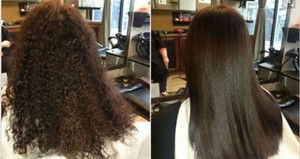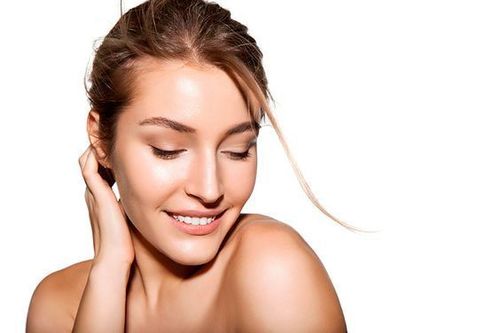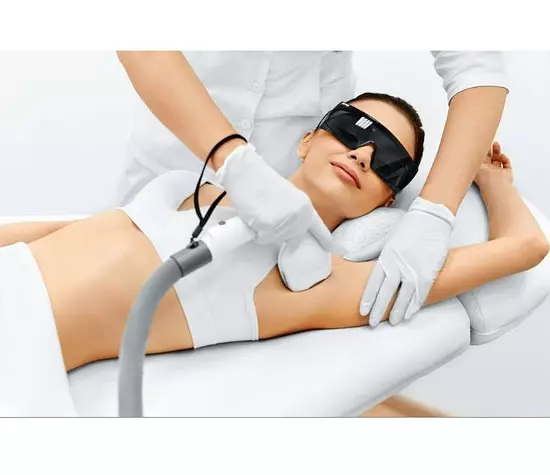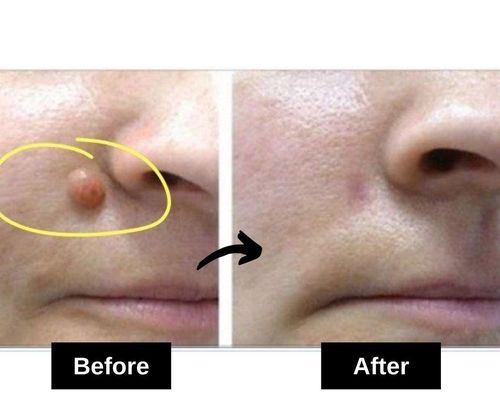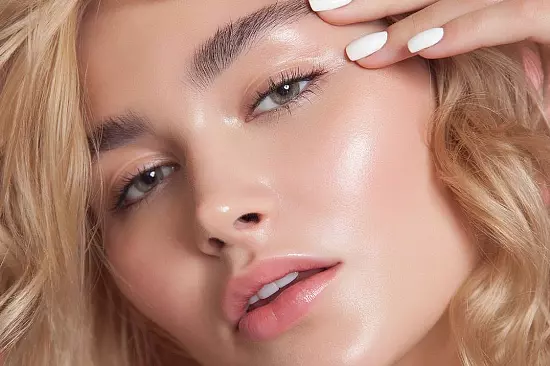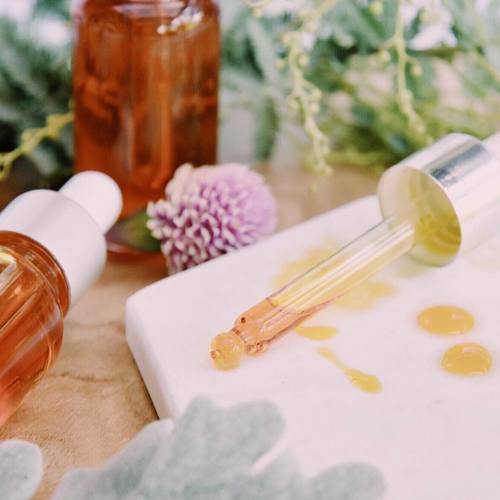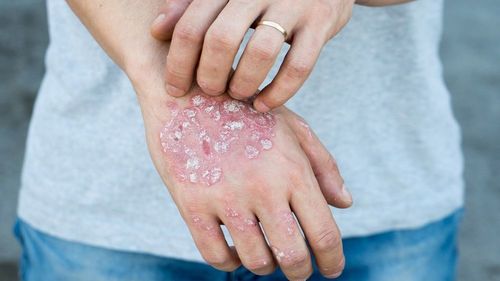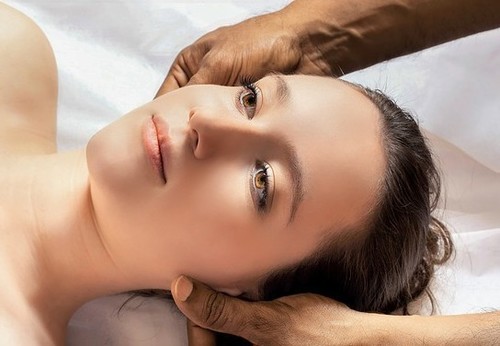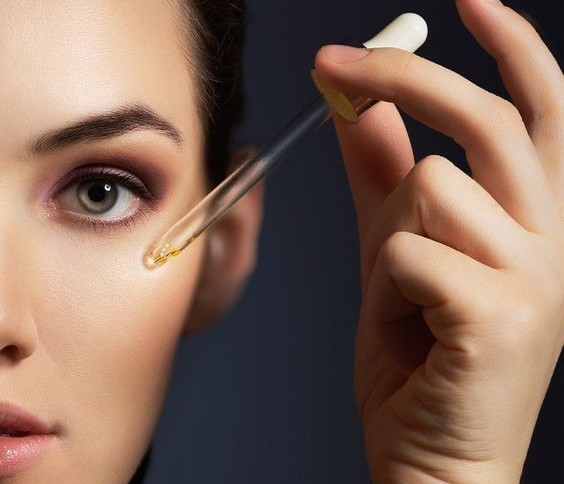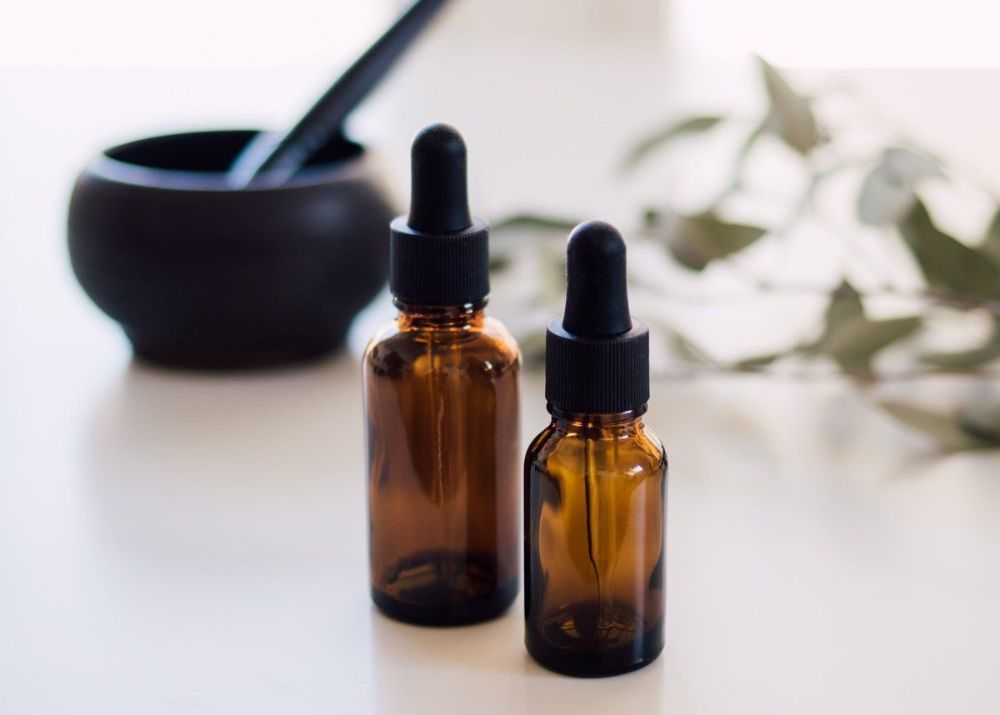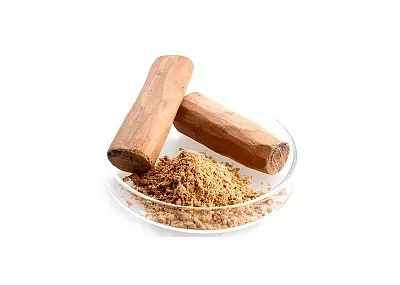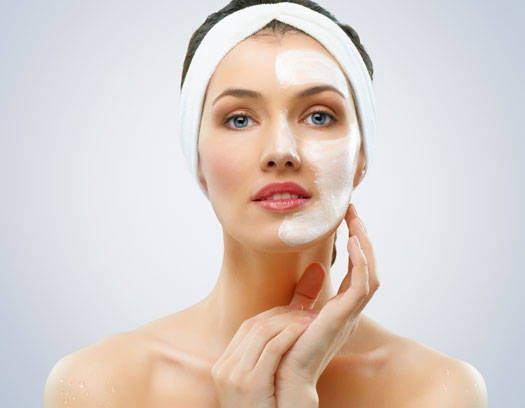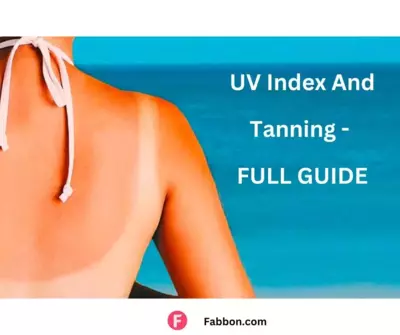Microdermabrasion Treatment: Pros, Cons and Side Effects
Vanessa P
Updated At 13 Sep 22
On a daily basis our skin is exposed to pollution, sun rays and other damaging agents which over the years takes a toll on the look and feel of our skin.
Hence exfoliation is recommended as a part of our skin routine to help rejuvenate the skin by scrubbing away the bacteria, impurities and dead cells hiding within the pores.
But with busy lifestyles and hectic work life, all other routines go flying out the window, and what we are left behind with is dull, stressed out and irritated skin conditions.
If you relate to this situation, luckily for you, here is a solution to rejuvenate your skin with virtually no side effect or downtime via the Microdermabrasion Treatment.
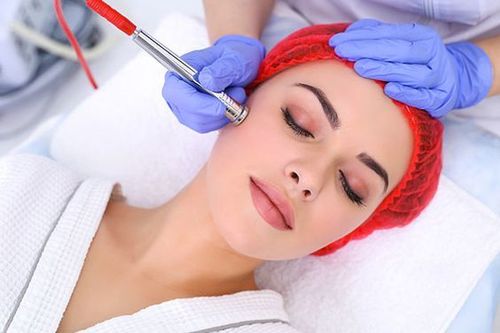
What is microdermabrasion treatment?
It is a professional procedure that can be done by both dermatologists and aestheticians.
Microdermabrasion is a treatment used to renew overall skin tone and texture through gently exfoliating the surface layers of the skin. It is a machine assisted skin exfoliating treatment that uses fine crystals or minute diamond-studded tips to scrub the skin and vacuum suction to remove dead skin cells.
What skin conditions can microdermabrasion treat?
Microdermabrasion can help improve the skin appearance by reducing the following skin issues:
- fine lines
- early sun damage
- excess oil production
- blackheads and whiteheads
- enlarged and open pores
- superficial age spots
- dull, stressed and congested skin
- skin pigmentation
- stretch marks
- mild and shallow acne marks
However, it doesn’t help with deep acne scars or deep wrinkles.
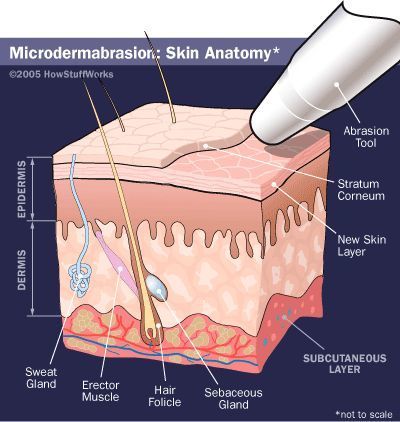
How does the microdermabrasion work to renew skin cells?
The treatment works by removing the most superficial layer which is the outermost layer of the skin called the stratum corneum, which is the layer exposed to the outside environment.
It is essential to remove this layer of the skin as it can prevent the skin from breathing properly and reduce the effectiveness of any other skin treatment as well, even if it is a basic treatment like the use of a moisturiser, which is absorbed well on exfoliated skin.
So basically, what microdermabrasion does, is it helps fasten the process of cell regeneration by uncovering fresh new cells by removing the barrier of dead skin cells clogging the skin.
This would otherwise take a period of about 4 weeks to replace the entire upper layer naturally, since human skin typically regenerates at approximately 30-day intervals.
But as we age, the body is slower to shed skin cells and generate new ones, hence slowing down the process of cell regeneration.
When old skin cells start to pile up on the surface of the skin, it can leave skin looking dull, rough, and dry and can even result in excess oil and clogged pores, leading to blemishes and acne.
Thus, for continuous skin improvements the microdermabrasion treatment would need to be repeated at an average interval of two to four weeks, along with the requirement of a good sunscreen and other skin-care creams to yield best results.
Also Read: How To Get Rid Of Acne Scars
What are the different types of Microdermabrasion treatment available?
- Crystal Microdermabrasion: This type of treatment is the most commonly used for the reduction of scars and the exfoliation of skin, which is conducted with the help of a handled device that shoots a high-speed stream of very small aluminium oxide crystals onto the skin to blast away dead skin and scar tissue.
- Diamond microdermabrasion: In this type of treatment, a single diamond tip is used to literally scrape away dead skin cells and scar tissue. As with crystal microdermabrasion, this type of treatment uses a tiny vacuum that sucks up dead cells.
- Microdermabrasion at home: Usually very cheap and easy to use, microdermabrasion at home is a cost-effective way to get the treatment at home. It can be done by using a microdermabrasion machine or kit at home. However, to get the best results its always recommended to get it done from a professional.

5 Benefits of microdermabrasion treatment
- Compared to other cosmetic procedures, microdermabrasion treatment is the easiest and safest form of skin treatment.
- It is a quick, painless, non-invasive, skin-rejuvenation procedure, with no need for needles or anaesthetics during the treatment.
- There are typically no side effects associated with this treatment and no recovery time is required following a session. Just mild redness may occur between 30 minutes to half a day depending on the session time and pressure used during the treatment
- The removal of dead skin using this procedure can aid in the penetration of skincare products by up to 50% and with a more even surface to work with, it allows makeup to go on more smoothly.
- Microdermabrasion helps to stimulate blood flow, which increases the nutrition delivered to skin cells, this in return improves cell production, which improves skin’s elasticity and texture.
Also Read: Here Are The Reasons Why Face Peels Give You A Glowing Skin!
Preparation required for microdermabrasion treatment
Make sure to stop using any sort of exfoliant, scrubs, enzymes or retinols on your skin 3 – 5 days prior to your treatment.
This is to ensure that your skin is not too sensitive on the day of your treatment as, if you already exfoliate away the dead skin cells, there is not much left to work on during the treatment and the treatment will attack the healthy cells which may irritate or even damage the skin.
Microdermabrasion side effects
Usually microdermabrasion is a safe procedue and side effects of this procedure are minimum. In a few cases, users might observe skin redness, small abrasions and bruises.
Also Read: Keratin Hair Treatment: What Are The Pros, Cons And Side Effects?
Precautions to be taken during and after the Microdermabrasion Treatment
- Ensure to inform the dermatologist or aesthetician about the sensitivity and tolerance of your skin during the treatment so that the vacuum pressure and speed are adjusted accordingly.
- Make sure to avoid the sun immediately after the session for a bit as always recommended after any skin treatment.
- Avoid any acne treatments, toners or medicated cleaners for a day as they are likely to sting if applied right after a microdermabrasion treatment.
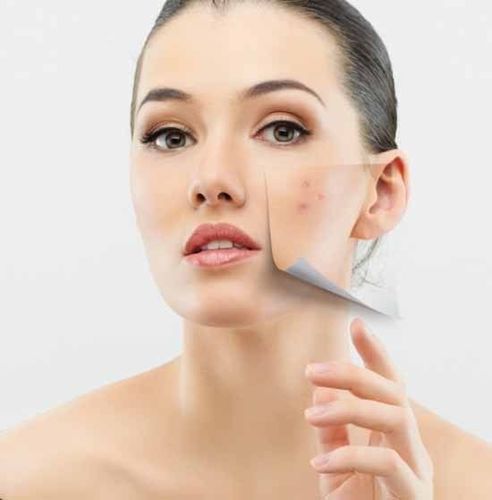
Does microdermabrasion help in treating acne scars?
Microdermabrasion can be very effective in treating acne scars and acne discoloration on skin. This procedure when combined with face peels can clear acne faster.
How often should one get a microdermabrasion treatment?
To maintain the healthy glow associated with Microdermabrasion, it is recommended to get the treatment done once or twice a month for optimum results, keeping at least 2 weeks gap between sessions.
No matter what your decision or choice of skin treatment is, make sure to always consult a dermatologist, as a regular visit to a dermatologist can help prevent skin conditions and can answer any questions you might still have.
Related Articles:


